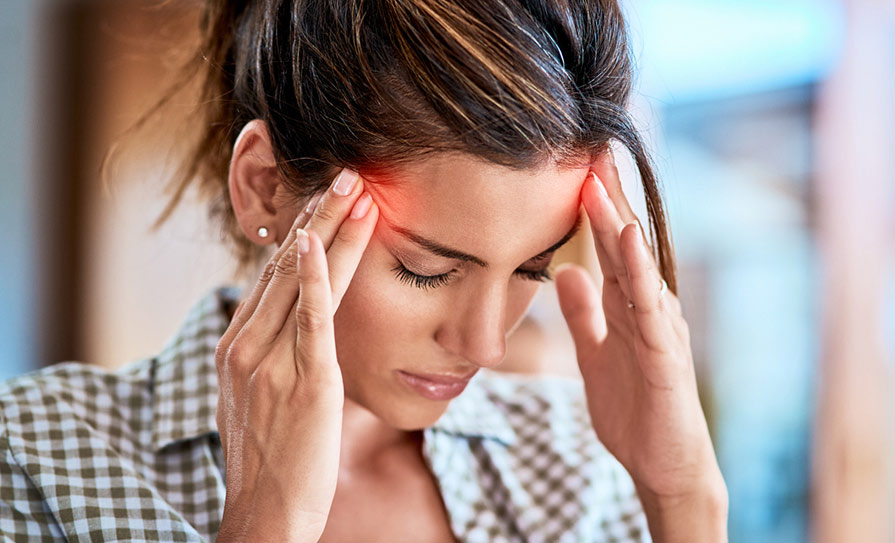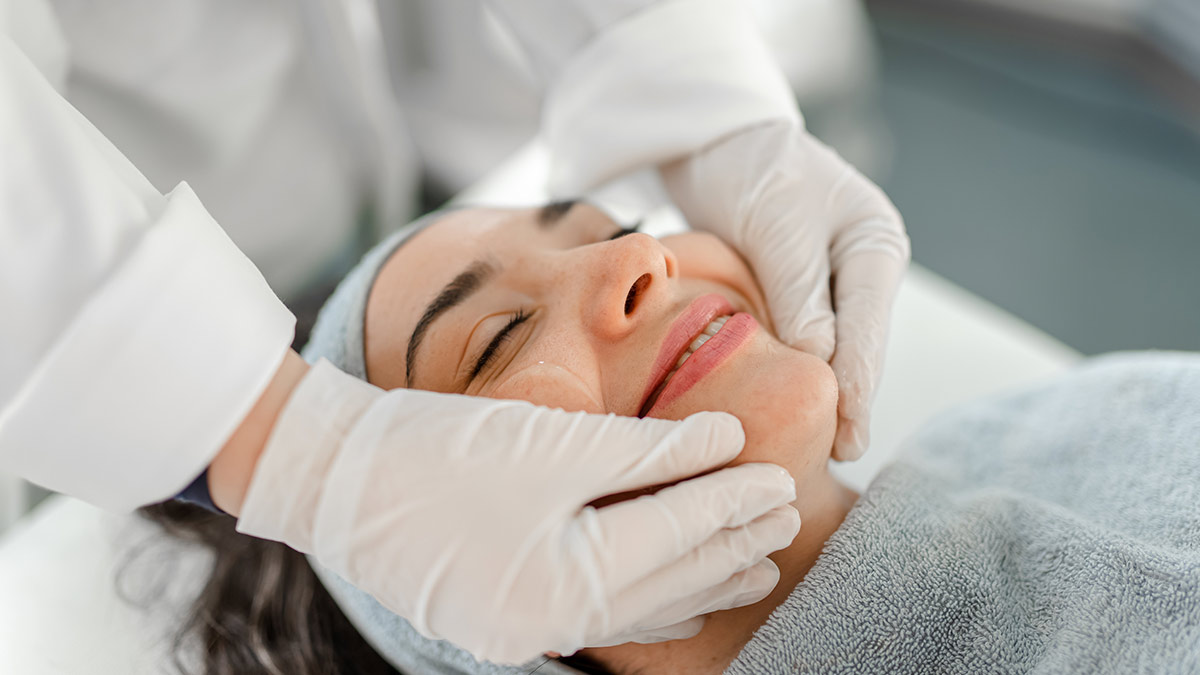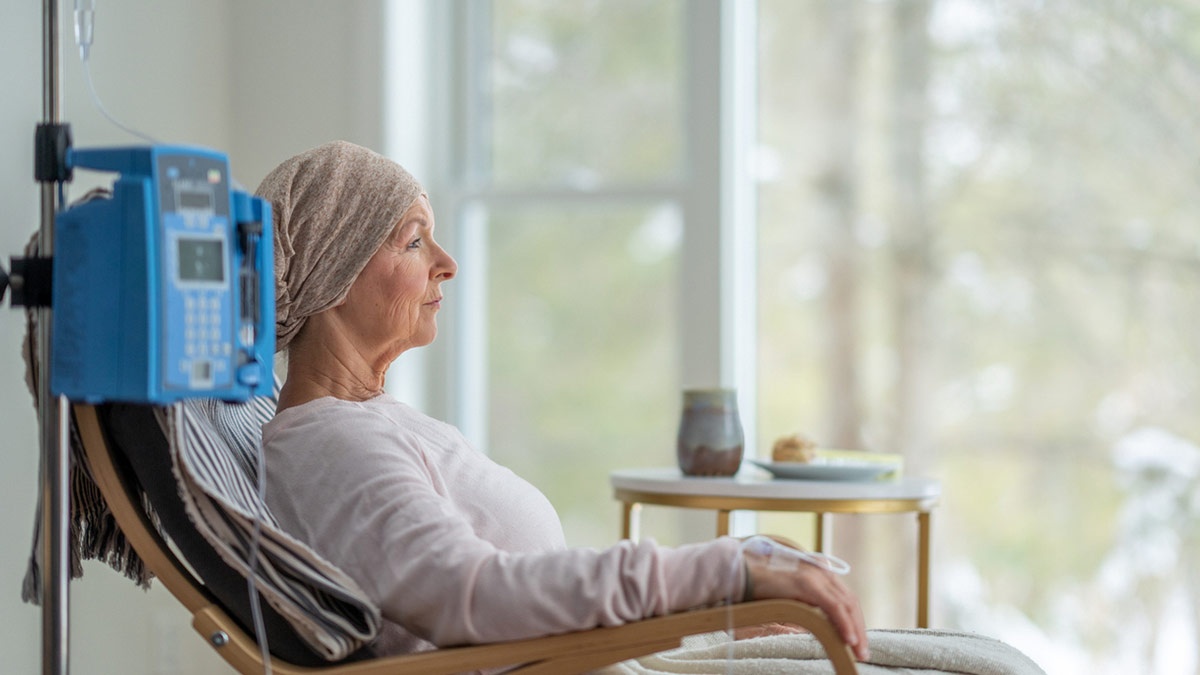An overview of migraine, including its effects on quality of life, self-help measures and pharmacological treatment options
Migraine is among the most individualised conditions, as the symptoms can vary somewhat from person-to-person, making it challenging to diagnose and treat with the right medications and lifestyle changes. Despite this, it is overall the seventh-most disabling disease worldwide in the general population, and the fourth-most disabling for women. In worldwide terms, migraineis the most common neurological condition and affects between 12-to-15 per cent of people.
It is usually inherited and is three times more common in men than in women.
According to Migraine Ireland, it is possible for the observant healthcare professional to distinguish it from ‘regular’ headaches, and different types of migraine can be categorised according to their characteristics.
Different types and symptoms
Generally, a migraine will feature an episodic, one-sided headache with throbbing. An attack can last anywhere from a few hours to days or weeks and the pain is normally worsened by physical activity or even simple movement. Although head pain is the most widely-known symptom of migraine, other symptoms can include nausea, vomiting, as well as high sensitivity to light and sound.
Some people experience a visual aura as a type of ‘warning sign’ before, or in conjunction with, the migraine. These phenomena can include blind-spots or flashes of light and can also result in difficulty speaking, or tingling on one side of the face, or in an arm or leg. However, for some people, there may be other warning signs in the days leading up to an attack. These can include:
- Fluid retention.
- Excessive yawning.
- Food cravings.
- Neck stiffness.
- Constipation.
- Mood changes.
- Increased urination.
It can also be challenging to distinguish migraine from conditions such as a cluster headache, which is in fact more rare than migraine and is treated as a separate disorder with its own treatment recommendations. Figure 1 illustrates some of the prominent differences between these two conditions for ease of reference, as some of the symptoms of the two can overlap.
The basic types of migraine are broken down as follows:
- Migraine without aura: This accounts for the majority of migraine sufferers. This type of migraine usually presents as throbbing, intense pain on one side of the head, lasting for up to 72 hours and worsened by movement.
In worldwide terms, migraine is the most common neurological condition and affects between 12-to-15
per cent of people
- Migraine with aura: Some 20 per cent of sufferers experience migraine with aura and as well as the aura described above, the sufferer may experience ‘zig-zag’ patterns. Sensitivity to light, sounds and smells may also be present, as well as a stiff neck. These aura usually last for 20-to-60 minutes before the migraine begins.
- Basilar migraine: This is a more rare form of migraine that can feature double-vision, blurred vision, loss of balance, possible fainting and speaking difficulties. Also known as ‘migraine with brainstem aura’, it is characterised by symptoms such as dysarthria, vertigo, or ataxia, without evidence of motor weakness.
- Hemiplegic: Another rare form of migraine that features the pain that usually accompanies other types of migraine, but with numbness, weakness and in some cases temporary paralysis on one side of the body. This is one of the more challenging migraines to diagnose, as the symptoms can often mimic the effects of a stroke.
- Ophthalmoplegic: Another very rare form of migraine, this mainly occurs in younger people and is often accompanied by muscle weakness in the eye, as well as other eye manifestations.
- Migraine aura without headache: This occurs in only around 1 per cent of migraineurs, where the sufferer experiences aura, but without the accompanying headache.
Whilst hemiplegic migraine is rare, since the beginning of 2022, Migraine Ireland says it has seen an increase in patient contact and diagnosis for hemiplegic migraine. Recently, the Migraine Association of Ireland hosted an online presentation by hemiplegic migraine expert Prof Anne Ducros of Montpellier University Hospital, France, who has been studying this condition for over 25 years, and who outlined what hemiplegic migraine is, the genetic origins, and how to treat it.
She said that hemiplegic migraine is essentially a subtype of migraine with aura, and can be either familial hemiplegic migraine (FHM) where there is strong family history, or sporadic hemiplegic migraine (SHM), where someone is the first person in their family with hemiplegic migraine.
Abnormal variations in three genes, the CACNA1A gene, the ATP1A2 gene, and the SCN1A gene, have all been shown to cause the familial forms, with some people affected by as-yet-unidentified genes.
Despite its monogenic inheritance, FHM is characterised by a broad clinical spectrum with marked phenotypic variability and genetic heterogeneity,
Prof Ducros noted.
Clinical features
- History of previous attacks of typical HM (two attacks or one at least in case
of FHM).
- Other neurological features consistent with FHM/SHM.
- Familial history in first- and second-degree relatives.
“Clinical examination (not during an aura) is usually perfectly normal, except sometimes for cerebellar syndrome. Investigations are normal in attack-free periods, except for cerebellar atrophy in some cases of FHM/SHM with cerebellar signs; there are no white matter abnormalities or signs of stroke on MRI,” Prof Ducros said.
Treatment of hemiplegic migraine attacks
Management of FHM/SHM is mostly based on what is known about the treatment of other forms of migraine with aura as hemiplegic migraine is so rare, and there is no difference in the treatment of FHM and SHM. The low mean frequency of attacks (three-four per year) means taking no preventive treatment may be a choice.
Reduction of aura severity and duration (studies)
- Intranasal ketamine in 5/11 patients.
- IV naloxone 0.4mg in two patients
with SHM.
- IV verapamil in one patient (another with seizure).
- IV dihydroergotamine in one patient.
Triggers
There are a number of migraine triggers that patients should be careful to avoid. These include:
- Drinks. These include alcohol, especially wine, and too much caffeine, such as coffee.
- Stress.
- Sleep changes. Including missing sleep or getting too much sleep.
- Hormonal changes in women. Fluctuations in oestrogen, such as before or during menstrual periods, pregnancy and menopause.
- Hormonal medications, such as oral contraceptives, also can worsen migraines. Some women, however, find that their migraines occur less often when taking these medications.
- Sensory stimuli such as bright or flashing lights or loud sounds can induce migraines. Strong odours can also trigger migraines in some people.
- Physical factors. Intense physical exertion, including sexual activity, might provoke migraines.
- Weather changes. For example, a change in barometric pressure.
- Foods. Aged cheeses and salty and processed foods might trigger migraines. However, skipping meals can also be an influencing factor.
- Food additives. Such as aspartame and monosodium glutamate.
- Certain medications. These include oral contraceptives and vasodilators.
Migraine sufferers can also take other measures to improve their self-help and to better understand their condition and potential responses to treatment. A migraine diary is recommended and is typically taken over a one-month period and is used to record attacks, as
well as any medications and when they are taken (with the exception of preventative medications).
Patients can rate the severity of their migraine on a scale of one-to-10 and can record their responses to lifestyle, environmental and dietary factors in the 48 hours before an attack. A template of a migraine diary, as well as detailed instructions on how to use it, are provided by the Migraine Association of Ireland and a printable template is available at www.migraine.ie. For young migraine sufferers, a digital/desktop app is also available to help them maintain a migraine diary in a more accessible and supportive way for younger people.
Symptom control
As stated above, the key to successful treatment of migraine includes an accurate diagnosis and outruling
other causes, such as medication
overuse headache. Some of the proven treatment approaches to migraine are outlined below.
Patients should be advised to see their doctor or visit the emergency department without delay if they exhibit symptoms that could indicate a more serious medical problem. These include:
- Headache after a head injury.
- Headache with fever, stiff neck, confusion, seizures, double vision, numbness or weakness in any part of
the body (possible stroke).
- An abrupt, severe headache.
- A chronic headache that is worse after coughing, exertion, straining, or sudden movement.
- New headache pain after the age of 50 years.
Patients should be advised that the two main types of treatment for acute migraine, analgesics and triptans, should be taken as early as possible to prevent an exacerbation and to maximise the drug’s efficacy.
Aspirin
A traditional first line of defence, aspirin has anti-inflammatory properties that can help alleviate many of the physical symptoms of migraine.
Analgesics
Used to target area-specific pain and are especially effective if taken as early as possible once an attack begins.
NSAIDs
Evidence shows ibuprofen to be highly effective and it is generally used for more severe migraine attacks. Soluble forms may act quicker than the tablet form for those where stomach issues are part of their migraine episode.
Triptans target
the neural serotonin receptors specifically involved in
migraine attacks
Triptans
Triptans are highly effective, reducing the symptoms or aborting the attack within 30-to-90 minutes in 70-to-80 per cent of patients. Triptans target the neural serotonin receptors specifically involved in migraine attacks and can be used in the treatment of migraine with or without aura. All of them are available in tablet form, with some brands also available as fast-melt tabs, nasal spray, or SC injection.
There are currently seven triptans in Ireland and they are considered to be an effective first-line treatment of choice. They are:
- Almotriptan.
- Frovatriptan.
- Sumatriptan.
- Eletriptan.
- Rizatriptan.
- Naratriptan.
- Zolmitriptan.
Paracetamol
As effective as aspirin, but without the anti-inflammatory effects.
These include drugs that contain aspirin or paracetamol, along with another agent such as codeine or caffeine. Codeine and other opiates are best avoided due to addiction, side-effect risk and risk
of triggering overuse headaches.
Preventatives
For some, the fear of a migraine may
itself lead to stress, which can in turn increase the chances of an attack. For
these patients, they may opt to use preventative therapy in an effort to
reduce the frequency of their migraines.
For these people, preventatives may be suitable if the patient:
- Wants to break the cycle of attacks.
- Has attacks that follow a regular pattern, for example, around the time of menstruation.
- Suffers from more than two or three attacks per month.
- If the attacks are particularly severe or disabling and do not respond well to normal acute treatments.
- If the patient suffers from rare forms of migraine, such as hemiplegic or basilar.
It has been reported that preventatives have a success rate of between 50-to-60 per cent. However, they are ineffective once an attack has started. Preventatives are normally taken for a period of between six-to-12 months and some patients may respond to a particular treatment better than others, so some tweaking of the therapy and dosage may be required.
The most common types of migraine preventatives include beta-blockers; anti-epilepsy (anticonvulsant) agents; calcium channel blockers; 5-HT agonists; and tricyclic antidepressants. It is important to bear in mind that in the case of anticonvulsants, sodium valproate should not be used in female children, female adolescents, in women of childbearing potential, or in pregnant women. These
are important contraindications, given
the significant teratogenic potential of these medications. ?
References on request







